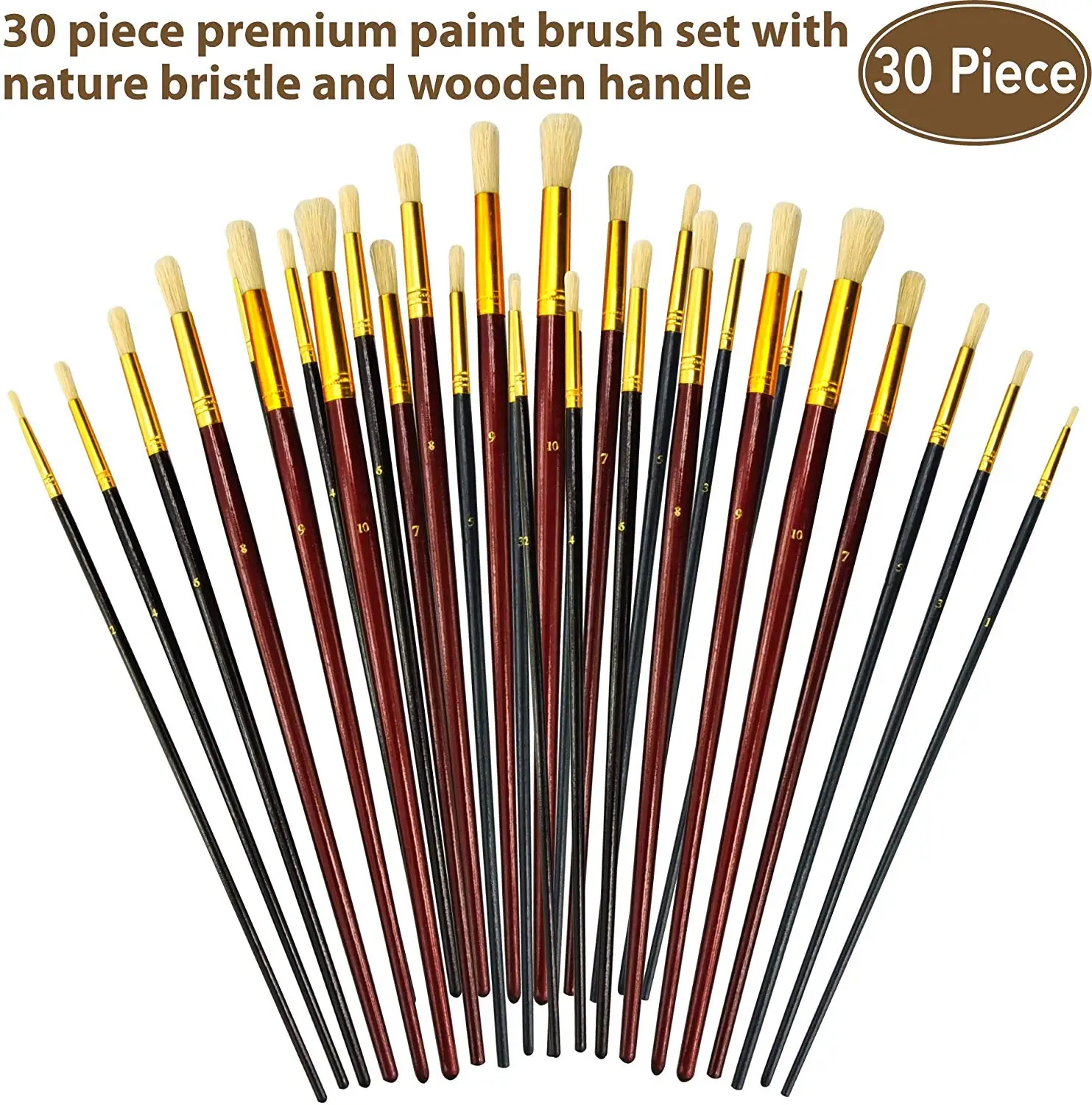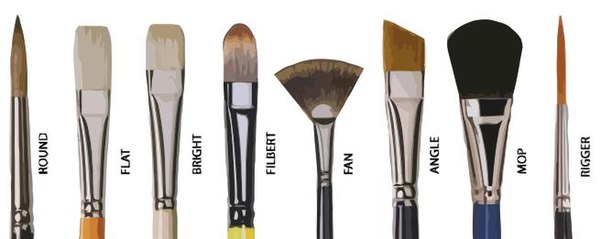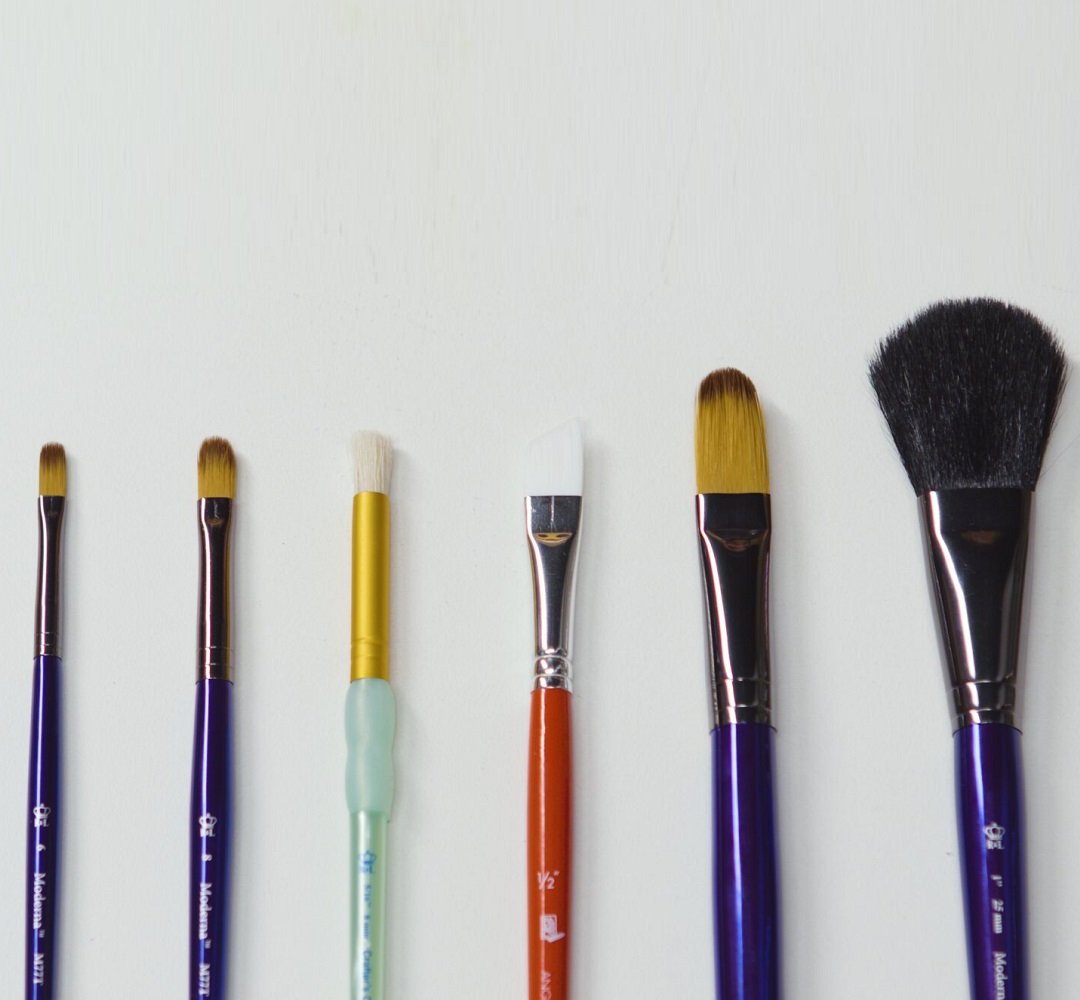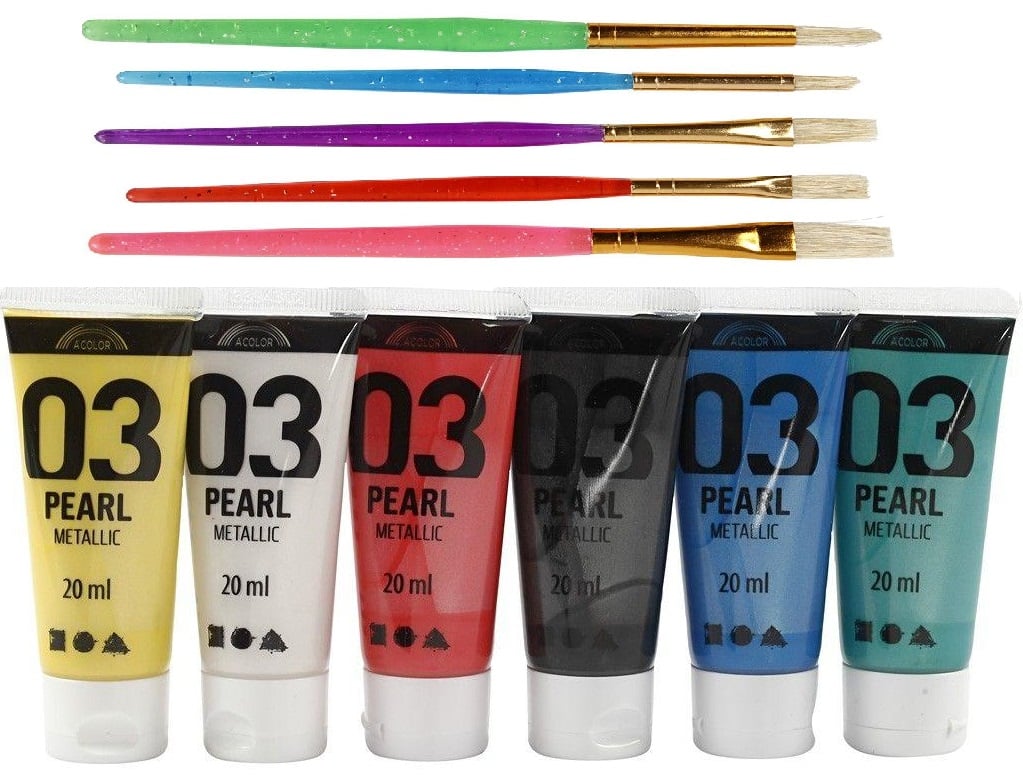Brush Blue LRV: 8.11 An 18th century color found by researchers on the second floor of the Brush Everard house was the inspiration for this dense, very dramatic shade of blue-black. A waterbrush makes painting from a dark to a light color really simple: Keep painting and the extra water thins the paint until eventually all that's left is water. But these brushes also make painting large areas an even tone trickier than with a conventional brush. 1,090 Best Watercolor Free Brush Downloads from the Brusheezy community. Watercolor Free Brushes licensed under creative commons, open source, and more! Brush With Color is a local painting company serving the Portsmouth, Southern Maine, and Exeter areas. We operate as a cooperative where our painter share in theopur success. Whether one or all of us work on your home its always a team effort to improve your home’s condition, visual appeal and value.
The Brush type makes object apply paint on the canvas.
Brush main panel.¶
From the first brush panel you can define how brush affects canvas color surfaces.
Color of the paint.

Defines brush alpha or visibility. Final wetness is also affected by alpha.
Defines how “wet” new paint is. Wetness is visible on “Paint” surface “wetmap”.Speed of “Drip” and “Spread” effects also depends on how wet the paint is.

This setting limits brush alpha influence.Without it, brush is “added” on surface over and over again each frame,increasing alpha and therefore influence of brush on canvas. In many cases however,it is preferred to not increase brush alpha if it already is on brushes level.
Makes brush dissolve existing paint instead of adding it.
Source¶
Reference

Brush
Physics ‣ Dynamic Paint ‣ Source
Paint Source¶
Paint Source setting lets you define how brush influence/intersection is defined.
The Brush affects all surface point inside the mesh volume.
Only uses defined distance to the closest point on brush mesh surface.Note that inside of the volume is not necessarily affected because it is not close to the surface.
Source: Proximity. Brush affects all canvas pixels around it.¶

Same as volume type, but also has influence over defined distance.

Applies proximity inside the mesh volume.
Negates brush alpha within mesh volume.
The Volume + Proximity brush with no additional settings.¶ | Inner Proximity. Proximity falloff is now visible inside the volume.¶ |
Negate Volume. Inner side of the volume has become completely transparent.¶ | Inner Proximity and Negate Volume enabled together.¶ |
Instead of calculating proximity to the brush object mesh, which can be quite slow in some cases,only distance to only center is calculated. This is much faster and often good enough.
Brush influence is defined by particles from a selected particle system.
Color Paint Brush Icon
Defines the distance, inside which paint is solid color.
Uses the settings in the particle panel to determine solid radius size.Solid Radius size disabled while Particle Radius enabled.
An additional radius outside Solid Radius to add a smooth falloff.
If you set “Smooth Radius” to zero, particle will be painted as a solid sphere.If you set “Solid Radius” to zero, it gets painted as a smooth halo.
Source: Particle System.¶
Common Options¶
The maximum distance to mesh surface to affect paint.
Projects brush to the canvas from a defined direction.Basically this can be considered as “direction aligned” proximity.
The Project option enabled. See how brush only affects canvas in normal direction.¶
Paints solid paint within the defined distance.
Makes paint to linearly fade out until becoming completely invisiblewhen it reaches the maximum distance.
Allows you to manually make a custom falloff behavior.
Velocity¶
Reference
Brush
Physics ‣ Dynamic Paint ‣ Velocity
This panel shows brush options that are based on object velocity.
On top you have a color ramp and several related settings.Basically the color ramp represents brush velocity values:left side being zero velocity and right side being the “Max velocity”.Speed is measured in “units per frame”.
Checkboxes above can be used to define color ramp influence.
Uses color ramp’s alpha value depending on current velocity and multiplies brush alpha with it.
Replaces the brush color with the values from the Color Ramp Widget.
Multiplies brushes “depth intersection” effect.Basically you can adjust displace and wave strength depending on brush speed.
Enabling Smudge makes the brush “smudge” (or “smear”) existing colors on the surface as it moves.The strength of this effect can be defined from the Smudge Strength property.
Even when smudge is enabled brush still does its normal paint effect.If you want a purely smudging brush use zero alpha.It is also possible to have Erase option enabled together with smudge.
Waves¶
Reference
Brush
Physics ‣ Dynamic Paint ‣ Waves
This panel is used to adjust brush influence to “Wave” surfaces.
Color Paint Brush
Select what effect the brush creates in the wave simulation.
The brush create waves when the intersection depth with the surface is changed on that point.If the brush is not moved, it will have no effect.
Using a negative “Factor” with this type can create a nice looking “wake” for moving objects like ships.
Constantly affects surface whenever intersecting.Waves are also reflected off this brush type.However, due the nature of wave simulation algorithm this type createsan unnatural “dent” in the surface if the brush is not moved.
Directly affects the velocity of wave motion.Therefore the effect is not one-to-one with brush intersection depth, yet the force strength depends on it.
This type has no visible effect on the surface alone but reflects waves that are already on the surface.
Adjusts how strongly brush “depth” affects the simulation.You can also use negative values to make brush pull water up instead of down.
In some cases the brush goes very deep inside the surface messing whole simulation up.You can use this setting to “limit” influence to only certain depth.
The Mixer Brush simulates realistic painting techniquessuch as mixing colors on the canvas, combining colors on a brush,and varying paint wetness across a stroke.
The Mixer Brush has two paint wells, a reservoir and a pickup.The reservoir stores the final color deposited onto the canvas andhas more paint capacity. The pickup well receives paint only fromthe canvas; its contents are continuously mixed with canvas colors.
Select the Mixer Brush tool . (Ifnecessary, click and hold the standard Brush tool to reveal theMixer Brush.)
To load paint into the reservoir, Alt-click (Windows) or Option-click (Mac OS) the canvas. Or, choose a foreground color.
Note:
When you loadpaint from the canvas, the brush tip reflects any color variationin the sampled area. If you prefer brush tips of uniform color,select Load Solid Colors Only from the Current Brush Load pop-upmenu in the options bar.
Choose a brush from the Brush Presets panel. See Select a preset brush.
In the options bar, set tool options. For common options,see Painttool options. For options unique to the Mixer Brush, seethe following:
From the pop-up panel, click Load Brush to fill the brushwith the reservoir color, or Clean Brush to remove paint from the brush.To perform these tasks after each stroke, select the automatic Load orClean options.
Applies popular combinations of Wet, Load, and Mix settings.
Controls how much paint the brush picks up from the canvas.Higher settings produce longer paint streaks.
A. 0% B. 100%Specifies the amount of paint loaded in the reservoir. Atlow load rates, paint strokes dry out more quickly.
A. 1% B. 100%Controls the ratio of canvas paint to reservoir paint. At100%, all paint is picked up from the canvas; at 0%, all paint comesfrom the reservoir. (The Wet setting, however, continues to determinehow paints mix on the canvas.)
Picks up canvas color from all visible layers.
Drag in theimage to paint.
To draw a straightline, click a starting point in the image. Then hold down Shift,and click an ending point.
When using the Brush tool as an airbrush, hold down the mousebutton without dragging to build up color.
Photoshop performs intelligent smoothing on your brush strokes. Simply enter a value (0-100) for Smoothing in the Options bar when you're working with one of the following tools: Brush, Pencil, Mixer Brush, or Eraser. A value of 0 is the same as legacy smoothing in earlier versions of Photoshop. Higher values apply increasing amounts of intelligent smoothing to your strokes.
Stroke smoothing works in several modes. Clicking the gear icon () to enable one or more of the following modes:
Paintbrush Tool
Paints only when the string is taut. Cursor movements within the smoothing radius leave no mark.
Allows the paint to continue catching up with your cursor while you've paused the stroke. Disabling this mode stops paint application as soon as the cursor movement stops.
Completes the stroke from the last paint position to the point where you released the mouse/stylus control.
Prevents jittery strokes by adjusting smoothing. Decreases smoothing when you zoom in the document; increases smoothing when you zoom out.
More like this
